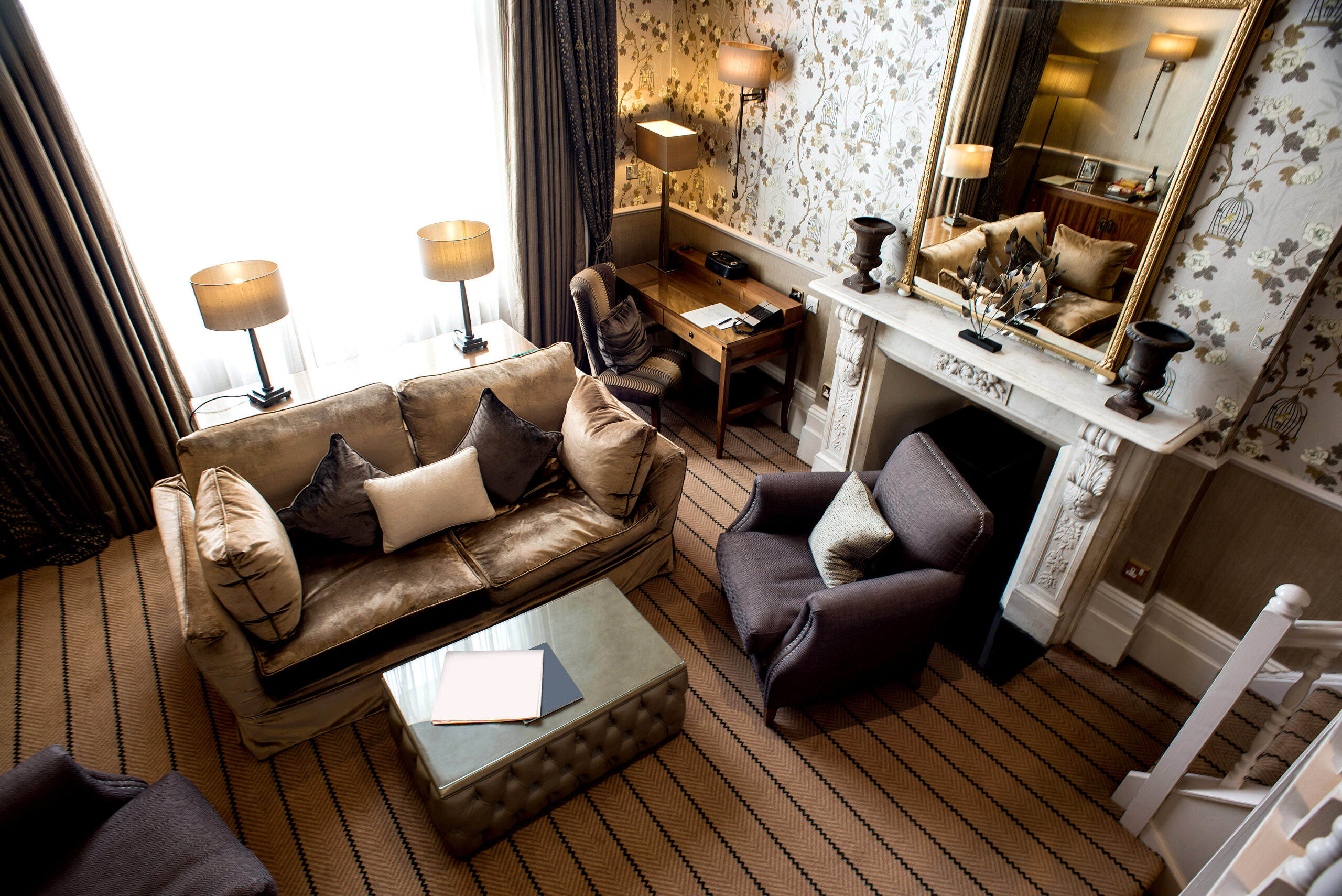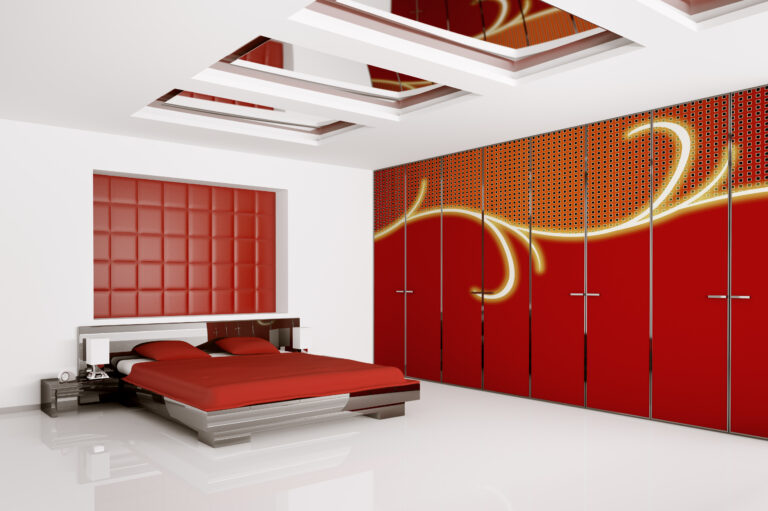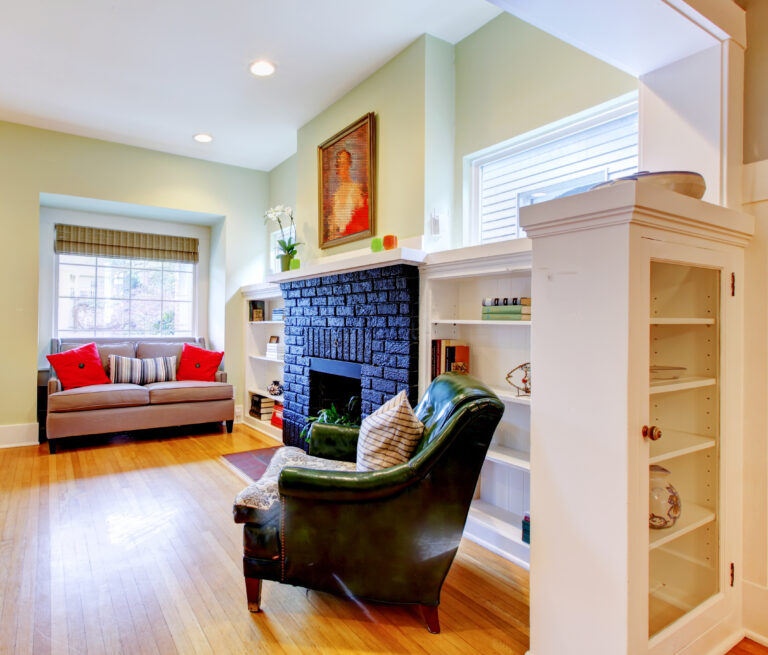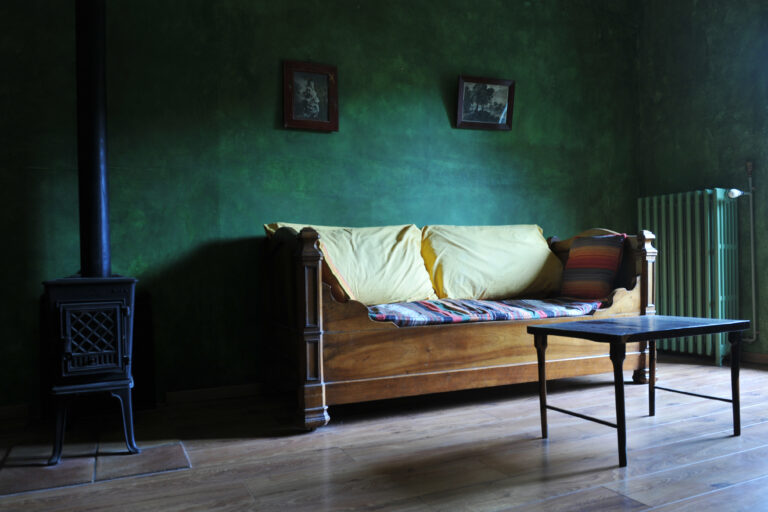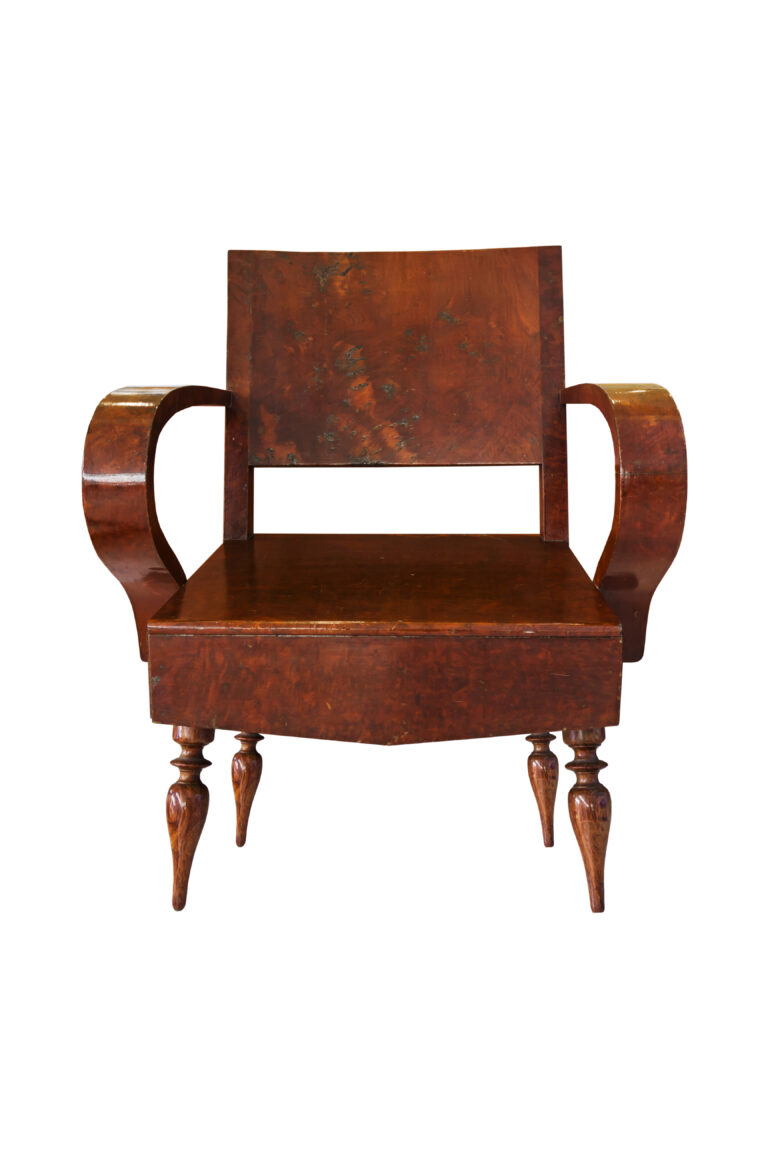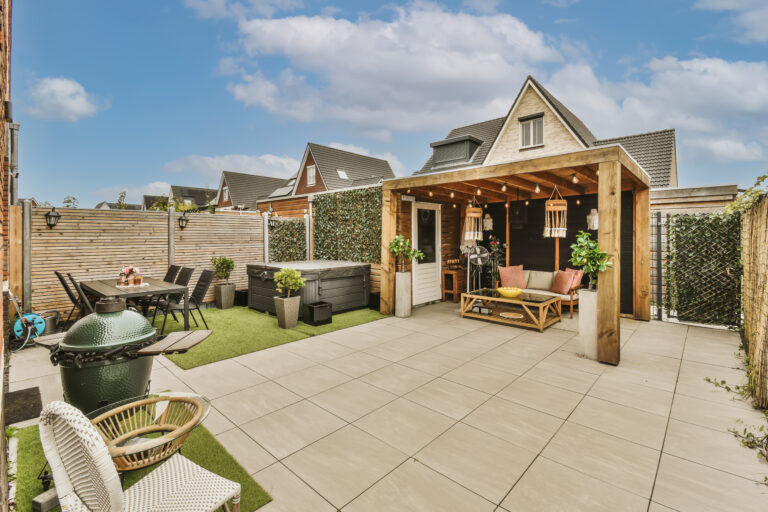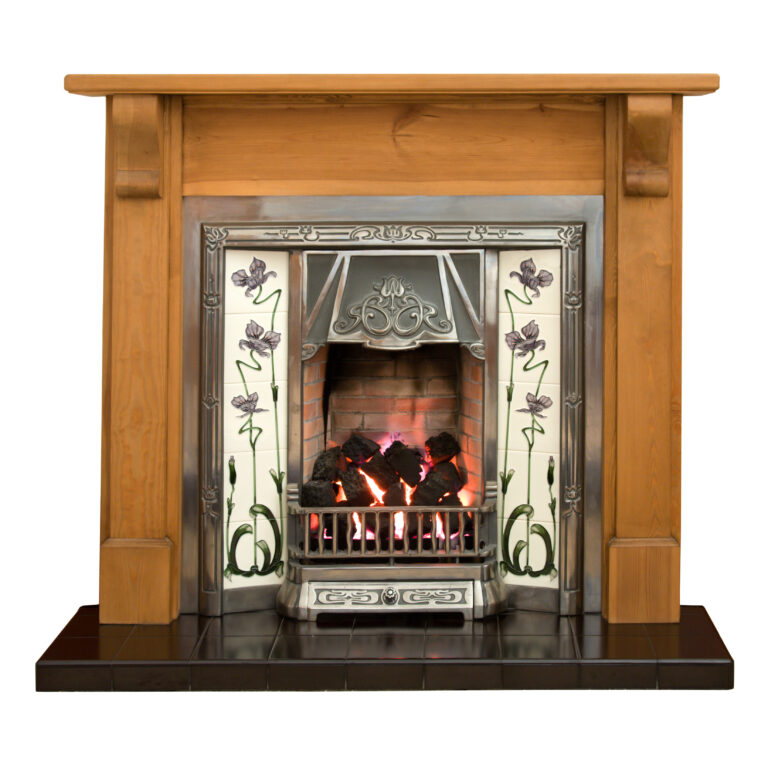How to combine modern and antique furniture in your home
Understand the Styles
Modern and antique furniture comes in many styles that can create unique and exciting looks when combined in the home. Modern furniture designs are often minimalist and sleek, with clean lines and contemporary silhouettes. On the other hand, antique furniture styles are characterized by intricate details and classic lines, often with curved and carved elements.
There are several ways to combine modern and antique furniture in the home. Firstly, deciding whether to create harmony or contrast between the two styles is essential. Balance creates a more calming look, while contrast creates visual excitement. Depending on the desired effect, you may use the same color, texture, pattern, or shape to tie the pieces together.
Another way to combine furniture styles with ease is to envision a theme. For instance, if you wanted to create a dramatic professor’s library, you could start collecting objects that serve the theme.
It is also important to let one style dominate the space and blend a few pieces of the other.
Lastly, when mixing different styles within the same space, you should strive to find a balance between the number of pieces used. For example, one Georgian sideboard with a few Chinese and contemporary works will stand out for the wrong reasons. You can also upcycle vintage pieces using modern fabrics and colors to create a unique look.
Consider the Scale of the Furniture
When combining modern and antique furniture, it’s essential to consider the scale of each piece. Start by visualizing a theme and picking out furniture accordingly. Look for details with visual attributes that attract you, such as color, texture, and shape. It’s also helpful to understand design history to find items that work together in harmony.
Pair delicate items like a settee or coffee table with heavier pieces like a side table or a fringed velvet sofa to create balance. Mix and match different materials, such as stone and wood, to add contrast. It’s also helpful to start with a focus object and build from there. Please take note of the size of the items you pick and make sure they fit the space you have in mind. For example, cut out a card or paper template and put it in the spot you have in mind for peace of mind.
Mix and Match the Colors
Mixing modern and antique furniture in your home can be a great way to create a unique and exciting interior design. To do this effectively, you need to consider how the colors of the furniture interact. Here are some steps to help you mix and match the colors of modern and antique furniture in your home:
- Choose a color palette. Pick a limited color palette to keep the room feeling cohesive. This will help to tie together the different styles and periods.
- Pick a theme. Decide on a theme to help you find elements that will work together. Whether you choose a coastal style or a cottage in the woods, having a consistent theme can help you make the pieces work together.
- Consider the elements. Consider the aspects you bring together when deciding how to mix and match the colors. Look at the painting, furniture, accessories, and other items and find ways to tie them together. This can be done through color, texture, patterns, or shapes.
- Repeat elements. Make sure to repeat certain design elements throughout the room. For example, if you have a blue painting, you could repeat blue tones in the furniture and accessories. If you have a wooden side table, look for elements with similar wood tones, such as a dining room chair or a tray on the coffee table.
For example, if you have a blue painting, you could bring a modern navy velvet sofa, a modern glass and chrome side table, a vintage yellow armchair, and a shabby chic white console table. By repeating the blue tones in the sofa and armchair and the wood tones in the side table and console table, you can create a cohesive look that mixes modern and antique furniture.
Mix Similar Styles
Mixing similar styles of modern and antique furniture in your home requires careful consideration, planning, and an eye for balance. Here are some simple steps to help you create a space incorporating both styles.
Step 1: Start with the end in mind. Before you begin designing, have an inspiration in mind for the room you are creating.
Step 2: Group contrasting periods together. Opposites attract, so try to find pieces from different periods that complement each other.
Step 3: Use the 80/20 rule. This tip recommends that you work predominantly with one style and add accents of the other.
Step 4: Align and repeat design elements. Everything should have a buddy in the room, so try to find similar features in scale and color.
Step 5: Highlight an odd piece. Make it the space’s focal point if you have a quirky selection much more prominent in scale than anything else.
Step 6: Layer different styles together. The most intriguing rooms blend antique and modern furniture, so don’t be afraid to mix and match.
Step 7: Pick a dominant wood tone. Solid wood furniture can often be the foundation of a room, so try to pick a dominant wood tone and use a great rug to consolidate the look.
Take Advantage of Vintage Finds
Taking advantage of vintage furniture is a great way to combine modern and antique furniture in your home. Vintage furniture is usually more affordable than new pieces and adds a unique touch to any room.
Using vintage pieces as an accent or statement piece can significantly add a touch of history and charm to your home. They can also add texture and color to a room and balance the modern look of modern furniture. Vintage pieces can frame modern pieces, like an antique coffee table with a modern sofa, to create a layered, eclectic look.
Additionally, vintage items such as rugs and artwork can fill wall space and complete the vintage look. With the right pieces, vintage furniture can create a unique yet timeless look in any home.
Add Accents to Enhance the Look
Accents can have a powerful effect on the overall look of a space when mixing contemporary and antique furniture. By selecting pieces that complement each other, you can create a cohesive appearance that is both stylish and timeless.
For instance, pairing a sleek, modern sofa with a vintage, tufted chair can add depth and texture to the room, while a mid-century modern side table and a classic clock can bring a sense of balance to the space.
Using accessories such as lamps, throws, and rugs can also add interest, color, and texture to the mix. Ultimately, accents can bring a modern twist to a traditional look or add a hint of warmth and character to a contemporary style.
Add Pieces to Fill Holes
Adding pieces to fill holes in antique furniture is a great way to give your space an updated look. Finding the right pieces to compliment the vintage piece is essential to achieve this look. Here are some step-by-step instructions to help you achieve this look:
- First, consider the size and shape of your furniture. Cut out a card or paper template and put it in the spot you have in mind to ensure it fits perfectly.
- Introduce natural textures like leather, wool, linen, or faux fur to give your furniture a more relaxed feel. Layer sumptuous throws and cushions over it to create a cozy environment.
- Consider using smaller items. These can still make an impact on interiors. Look for beautiful vases, side tables, or lights that will give your home a feeling of organically coming together over time.
- Consider upcycling vintage pieces by adding contemporary fabrics and colors. This will give you an original piece with a unique look.
- If you have an odd piece without a buddy, make it the room’s focal point. This could be an oversized piece or one with a fascinating shape.
- When mixing different styles within the same space, find a balance between the number of pieces used. Distribute the designs so they aren’t grouped in their periods or styles.
- Finally, an incredibly hot tip for making an antique piece of furniture feel more modern is to add stylish accessories. These can be anything from a vase to a lamp to artwork and will help tie the rest of your room.
- Try an Arrangement with Mirrors
Mirrors can be a great way to combine modern and antique furniture in your home. Placing an antique mirror as a focal point in your space can tie together different styles while providing a sense of sophistication and elegance.
Mirrors also draw attention to the other decor in the room, like furniture, which can help make the room feel harmonious and cohesive. When using mirrors, it’s essential to consider the scale and size of the mirror and the pieces around it, paying attention to the balance between different materials such as wood, metal, and glass.
Additionally, repetition creates a more unified look by repeating some aspects throughout the room, such as patterns or style. Finally, don’t forget to use white walls to help your vintage pieces shine. Following these tips, you can easily combine modern and antique furniture for a stunning result.
Add Warmth and Inviting Feelings
Adding warmth and an inviting feel to a home can be a great way to combine modern and antique furniture.
Mixing vintage decor with smooth, unblemished surfaces and silky textures, such as a new silk cushion on a distressed leather chair, creates a cozy, inviting atmosphere. Adding raw elements such as exposed brickwork, weathered textural wall finishes, and classically styled fireplaces can also help to bring the look together.
To maximize the sense of space, be careful not to over-clutter the design and keep window treatments to a minimum.
Introducing rich distressed leather on the upholstery will immediately contrast neutral walls. Adding a shag rug or hair-on-hide accent rug on top of a contemporary flat weave rug will help bring a modern rustic look to your home. When decorating your space, remember that the pieces don’t need to match precisely; layer natural, cozy textures with modern architectural features, and don’t be afraid to pile on your favorite finds.
You can create a beautiful, inviting atmosphere that perfectly combines modern and antique with the right combination.
Play with Composition and Grouping
Playing with composition and grouping can combine modern and antique furniture in the home by creating a balance between the different styles.
This can be done by envisioning a theme and collecting items that serve it, such as a green wingback chair, a tri-arm floor lamp, hammered brass baskets, and a French secretary’s desk. It’s also important to be aware of the scale of each piece within the space, as getting the proportions right is essential to how furnishings relate to one another.
Oversized designs are generally better than undersized ones. For example, in pendant lighting – some of the most impressive schemes combine contemporary seating with vintage chandeliers and classical mirrors.
Additionally, it should be theatrical in style to create an effective eclectic scheme. For example, Studio DB created a room by combining the curves of the coffee table with curvy chairs, a rounded chandelier, and a fish-scale pattern on the rug. This creates a cohesive and calm look that allows each item to be appreciated individually.

FAQ on how to combine modern and antique furniture
What are some tips for blending contemporary and old-world furniture?
When blending contemporary and old-world furniture, keeping balance and proportion in mind is essential. Be creative with furniture and create a unique look by upcycling vintage pieces and using contemporary fabrics and colors.
Find a balance between the number of components used and let one style dominate the space. Consider using a 70/30 ratio of modern and vintage pieces. Additionally, create a neutral backdrop with pale paint and spare window treatments, and accessorize with objects fashioned in modern materials such as acrylic, lacquer, and stone.
The key is finding inspiration for the room and ensuring the vintage pieces aren’t standing out alone.
How do I mix antique furniture with modern decor?
Mixing antique furniture with modern decor can be tricky, but it doesn’t have to be. Here is a step-by-step guide to help you master the art.
- Start with the end in mind. Have an idea of what you would like the room to look like with antique and modern decor. Visualize a balance of 70% stylish and 30% antique.
- Pay attention to the balance and proportion of the blended styles. Consider balance and harmony when considering color, shape, and texture.
- Mingle antique furniture with modern accessories. Incorporate modern furniture with antique accessories and weave a combination of styles.
- Examine both form and function when deciding whether to maintain or while mixing modern and antique furniture.
- Step back and visualize how it would look stripped to its bones, refinished, or transformed with a fresh coat of paint.
- Utilize accessories such as vases, objects, and textiles to give new life and energy to the furniture. Consider bright white, brass, or even a tiny burst of color to make the piece feel more modern.
To sum it up, mixing antique furniture with modern decor can be a great way to freshen up your home. Start with the end in mind and keep balance and proportion in mind as you combine the two styles.
Utilize accessories to give new life to hand-me-down furniture, and don’t be afraid to take a step back and visualize how a piece would look if it were stripped to its bones or refinished with a fresh coat of paint.
You can create a unique look that expresses your style with the right blend of modern and antique.
What are some tips for mixing furnishings from different eras?
When mixing furnishings from different eras, it’s essential to consider the overall look and feel you’re trying to achieve.
Start with one focus item, such as a modern or contemporary piece, and use accessories to add contrast and texture. Balance the number of components used, and include accessories from the same era to tie the look together.
When incorporating multiple pieces from different periods, distribute them evenly throughout the room so that the extra features don’t overwhelm each other. Additionally, furniture pieces made from the same material will help create a cohesive look.
Finally, remember to stay true to the desired mood for each space – create a casual, open atmosphere with soft, light, and classic pieces, or opt for a more formal, elegant feel with darker materials, metals, and luxurious fabrics.
What characteristics define a modern interior design style?
The modern interior design style is characterized by sleek lines, minimalist décor, clean finishes, and a mixture of traditional and contemporary elements. It typically features natural materials such as wood furniture, clean lines, minimal accessories, and neutral colors. Metallic elements, heavy textures, and windows left unadorned with abundant natural light are also common.
How do I choose the perfect accent pieces for my home decor?
Step 1: Determine Your Style
Determining your style is the first step in choosing the perfect accent pieces for your home decor. Do you prefer traditional or modern decor? Decide which type fits your space best, and let it guide your furniture choices. You can also mix and match styles, such as modern with traditional, or create a unique look by selecting items around a particular theme.
Step 2: Evaluate the Visual Attributes
Once you have decided on the overall style, you can evaluate each piece of furniture. Look at each item in detail and consider its visual attributes. What do you like about it? Is it the color, texture, shape, or something else? There is no wrong answer, but defining what draws you to each piece will help create a harmonious look.
Step 3: Use the 80/20 Rule
When blending different styles, it is best to follow the 80/20 rule. This means the main design style should represent 80% of the room, and the other type will be a supporting role. Generally, large furniture pieces, such as a sofa or chairs, will make up most of the style. You can select smaller accent pieces, such as end tables or decorative objects, to complete the look.
Step 4: Incorporate Vintage Items
Vintage items can add a unique layered look to any decor. Look for things at thrift stores and flea markets, or frame and hang large vintage posters that coordinate with your color scheme. You can also cover the floor with an antique patterned rug and lay a faux cowhide on top for added texture and interest.
Step 5: Have Fun
Most importantly, have fun with the process! Mix and match styles, colors, and textures to create a unique look. There is no right or wrong way to decorate your home, so don’t be afraid to experiment and be creative.
What are some tips for decorating with vintage finds?
When decorating with vintage finds, there are several tips to remember. Investing in newer furnishings for items you will use most often is best. For accent pieces such as side tables and coffee tables, look to antiques and thrift shops to find items with character.
Consider pairing vintage posters with your color scheme and wall decor, and layer a vintage rug with faux cowhide for added texture. To make a vintage piece of furniture feel more modern, try using stylish accessories and a 70/30 balance of modern to vintage pieces.
In bedrooms, antique pieces don’t need to match precisely; look for items with similar styles or colors and use the concept of symmetry to create a cohesive look. Finally, remember to bring vintage decor outside; create a vignette by layering vintage jars and vases on old stools, painting vintage chairs, and pairing them with a drop-leaf table.
What is the best way to add texture to my home interior?
The best way to add texture to your home interior is to create a neutral backdrop and layer various textures to achieve a sophisticated and timeless look. Start by painting your walls in a light, pale color, such as Benjamin Moore’s White Dove.
Keep window treatments minimal with roman shades in creamy linen. To add texture to your furniture, try incorporating pieces made of modern materials like acrylic, lacquer, and stone—layer vintage pieces with smooth, unblemished surfaces and silky textures.
Introduce natural textures like leather, faux fur, wool, and linen to feel more relaxed. Accessorise with small plants and bonsai trees, and consider adding a vintage rug such as animal prints or hand-knotted carpeting.
Finally, layer a shag rug and hair-on-hide accent rug for a modern rustic look, and adorn with artisanal pottery, a faux fur pillow, and a wall tapestry to bring the space to life.
How do I create the perfect color palette for my home decor?
Creating the perfect color palette for your home decor doesn’t have to be daunting. You can create a beautiful, cohesive design that mixes vintage and modern elements by taking a few simple steps.
Step 1: Determine the overall feeling you want your space to have. Do you want it to be elegant, relaxed, classic, or unorthodox? Get inspiration by searching online and creating a Pinterest board with references to the looks you like best.
Step 2: Choose a color palette. Decide if you want to go neutral or add a touch of bold color. Neutral colors will help highlight the individual elements in your design without overwhelming the space, whereas bold colors can create impact.
Step 3: Unify the color palette with your flooring. Hardwood is the best way to achieve this, but other solid surfaces can also work. If you want to add texture, try incorporating tribal or geometric rugs.
Step 4: Mix and match colors and textures. Try to think outside the box, and don’t be afraid of unexpected combinations. If you’re decorating in a shabby chic style, use creamy whites and overstuffed armchairs and sofas to create cohesion.
Step 5: Make sure to balance and harmonize your elements. Mixing vintage and modern art decor, including complementary colors and textures, creates a harmonious color scheme.
These steps will help you create a unique design that fuses vintage and modern elements. Good luck!

